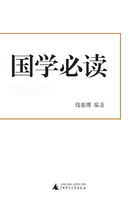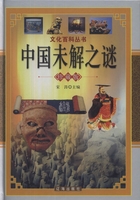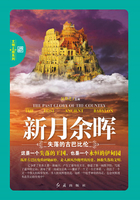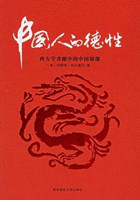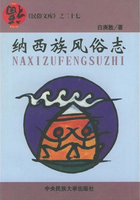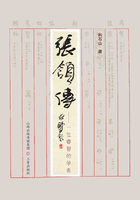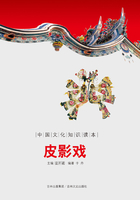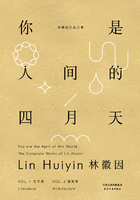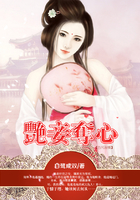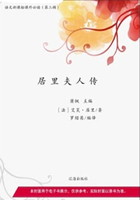On the basis of archaeological findings of recent years,the spread of the Chinese ceramics could be dated at least from the 1st century B. C. (during the Han Empire)。 From that time till later Middle Ages, although the spread of ceramics was unstable because of vicissitudes of Chinese foreign policy and external relation-for example, the Ming government banned on maritime trade during the second half of 14th century, the exportation of Chinese porcelain reduced largely-the exportation of porcelain never ceased for more than one thousand years. Chinese porcelain spread overseas by different ways and channels.
There are four kinds of ways principally:
1.As Present
The Ming government gifted some of Asian countries with Chinese blue and white porcelain. For example, Champa, Siam and Zhen La were presented with 19000 pieces of porcelain respectively in 1383 (Hongwu 16th year)。Three years later, Liu Min and Tang Jing were sent to the Siam with the gift of porcelain.
2.By foreign envoys to China
The tributes were presented by envoys who bought porcelain from markets from Asian countries, and returned to their own countries. For example, in 1404 (Yongle 2nd year), the envoy of Ryukyu bought porcelain in Chu zhou and went back with that. Sometimes, the Ming government limited the number or amount towards the envoy, such as, each person was permitted to buy 50 set of Chinese blue and white porcelain during Hongzhi period.
3. Official trade
With the fleet of Zheng He, which as a model went to the West Sea (including the Malay Archipelago, the Malay Peninsula and Indonesia or for southeast Asia etc.), a large number of Chinese porcelain were marketed outside China. The people of Champa, Java, Ceylon, Tianfang (Arab) and other countries liked Chinese Chinabowl, Chinadish very much. During Zheng Hes travel to the West Sea, the natives exchanged Chinese porcelain in the hands of Chinese official with gold, jewellery, pearl, diamond and other treasures.
4. Civilian exchange
Expansion of Chinese porcelain to the world came to be successful mainly through civilian exchange. By the time of the Ming Dynasty (1368-1644), the private trade was predominantly Chinese and far outweighed in volume and value the official exchange of goods in tribute and gift.Especially in the 16th century when the foreign trade in China was prosperous, Chinese porcelain had been exported greatly to the areas in Asia. In the second half of the 16th century, at the time when European merchants arrived in Indochina, the King of Cochinchina (the present South Annam) gave permission to the Chinese to choose a convenient site in their territory for building a town where they could hold their fair. This town was called Faifo and was in the centre of presentday Annam. The Chinese vessels arrived; loaded with porcelain etc. The exportation of Chinese porcelain was expanded mainly by sea, occasionally overland. According to the record from Yehuo Bian (collected history from books), “What the officers from Tartar, Nuchen and other nationalities and Tianfang states carried were articles, among which only chinaware were carried with several dozen carts, at least when they return home from China. ”
From the celadon in Song and Yuan dynasties to the subsequent blue and white porcelain and pure white and colorful porcelain, the archeological materials show that China, through the ages, were dispersed widely amongst Japan, Korea, Thailand, Vietnam, Burma, Philippines, Malaysia, Singapore, Indonesia, Sri Lanka, India, Pakistan, Bahrain, South Yemen, Brunei, Afghanistan, Iran, Iraq, Syria, Lebanon, Turkey etc. Countries, which kept close relation with China, had a lot of china imported, such as Japan, Philippines, as the transfer station, had many pieces of china too. According to an uncompleted statistics, there are about 4000 china articles perfect or recovered in Manila, and the manufacture dates of them can be from Song dynasty to Ching dynasty.
China,being famous for its meticulous texture, exquisite shape and splendid decoration, were sold very well and played a dominating role in the Asian porcelain market.
The wellselling of china in Asia made the technology spread outside. During Ming dynasty, many craftsmen from other countries came to China for tile skill and returned with it. The Japanese began making porcelain shortly after 1500, and the secret is traditionally said to have been brought from Chingte Chen by Gorodoyu-go Shonzui during the first half of the 16th century. The first kilns were established at Arita in Hizen province, and the finest specimens from there fall into two wellmarked categories, those in tile style of the Sakaida Kakiemons, and those which have been called “Imari”。

